Electric bicycles
Popular
Recent posts
-
Read More20.11.20252644
Tev patīk darbs ar velosipēdiem? Esi tehniski prasmīgs, komunikabls un aizrautīgs?
-
Read More30.06.2025123
Kā izvēlēties piemērotu Merida Big.Nine kalnu velosipēdu?
-
Read More30.09.20241085
Pēc ražīgas sezonas laiks sakopt savu lielisko braucamo, lai tas turpinātu kalpot ilgi un uzticami. ...
-
Read More02.08.20242340
Merida 2025 gada modeļi jau pieejami priekšpasūtīšanai
-
Read More01.07.20241981
Kāda ir reālā elektrisko velosipēdu sniedzamība ar vienu akumulatora uzlādi?
-
Read More21.06.20241329
Profesionāls Bosch un Shimano elektrisko velosipēdu serviss
-
Read More21.06.20241216
Kādi ir elektriskā velosipēda galvenie raksturlielumi?
-
Read More19.02.20244727
Chain lubrication is a simple and essential part of regular bike maintenance
-
Read More16.02.20243170
What is the maximum speed of an electric bicycle and the main
characteristics? -
Read More16.02.20241482
Velosipēda aksesuāri dod iespēju pielāgot velosipēdu individuālām lietošanas vajadzībām un padara tā lietošanu...
-
Read More16.02.202410959
The optimal tyre pressure can vary considerably between different categories of bike. For example, a road bike tyre has a normal pressure of 6-8 bar, while a mountain bike tyre only 1.5-2.5 bar.
-
Read More16.02.20243723
Children's bicycles are designed for a height range of 15-20 cm at a certain age....
-
Read More18.01.20241152
Velosipēda kopšana un vizuāla apskate ir neatņemama velosipēda lietošanas sastāvdaļa...
-
Read More19.12.20231591
Basil ir Nīderlandes velosipēdu grozu un somu ražotājs, kas darbojas kopš 1976. gada.
-
Read More18.12.2023972
Jaunā elektrisko velosipēdu KTM Macina SX modeļu līnija ir aprīkota jaudīgo un kompakto Bosh SX dzinēju un 400...
-
Read More18.12.20232034
Bosch "The smart system" ir...
-
Read More18.12.2023896
Tu redzēsi un piedzīvosi vairāk!
Elektriskais velosipēds Tev palīdzēs ātrāk un ilgstošāk pārvietot... -
Read More18.12.20232383
Kāds ir elektriskā velosipēda akumulatora darbības rādiuss?
Elektriskā velosipēda akumulatora darbīb...
-
Read More26.10.20232026
How much does it cost to keep a cycle track in working order? The lifetime of a bicycle's moving parts depends greatly on the conditions of use, the intensity of use and the rider's habits. The most common and fastest wear and tear affects the bike's transmission, brake linings and tyres. Handlebars and saddles wear less frequently.
-
Read More02.10.20231876
Pēc ražīgas sezonas laiks sakopt savu lielisko braucamo, lai tas turpinātu kalpot ilgi un uzticami. ...
-
Read More31.08.20231395
Rudens un dubļi ir klāt, bet tā nav problēma, ja tiek izmantota ultraskaņas vanniņa un ...
-
Read More24.08.2023832
DAHON ir viens no vadošajiem salokāmo velosipēdu zīmoliem pasaulē, kas ražo augstas kvalitātes salokāmos velosip...
-
Read More16.05.20231647
Laimē praktisku un vērtīgu balvu, kas palīdzēs uzturēt perfektā stāvoklī Tavu velosipēdu vai motociklu visas sez...
-
Read More25.04.20233018
Kādu velosipēdu izvēlēties daiļā dzimuma pārstāvēm: tradicionālu pilsētas velosipēdu ar groziņu vai sportisku ka...
-
Read More17.04.20231662
Ja vienkārši izbraucieni ar kalnu velosipēdu sāk garlaikot, tad, iespējams, pienācis laiks “full suspenison” velosipēd...
-
Read More09.02.20231928
Ir vērts ieguldīt pūles un resursus velosipēda kopšanā! Tīrs un regulāri kopts velosipēds labi izskatīsies, uzticami...
-
Read More09.02.20231364
Ērts un laika apstākļiem piemērots apģērbs un apavi ir svarīgs priekšnoteikums patīkamai laika pavadīšanai ar velosip...
-
Read More18.01.20231531
Automātiskie velosipēda pedāļi nodrošina stingru kājas pēdas fiksēšanu pie velosipēda pedāļa un būtiski paaugstina b...
-
Read More18.01.20231487
Bērnu krēsliņu iespējams nostiprināt velosipēda priekšā uz rāmja, aizmugurē uz bagāžnieka vai aizmugurē pie rāmja sē...
-
Read More18.01.20231809
Iegādājies preces uz 12 mēnešu nomaksu un nepārmaksā ne centa! ...
-
Read More18.01.20231062
Kopš 2020. gada visiem Superior velosipēdu rāmjiem tiek nodrošināt 5 gadu garantija...
-
Read More18.01.20233078
Nebēdājies, ja bērniņš ir strauji izaudzis un velosipēds kļuvis par mazu! Mēs labprāt to atpirksim, samaksājot Tev līdz..
-
Read More04.01.2023842
“Astra velo” serviss ir saņēmis Shimano servisa centra sertifikātu, kas apliecina meistaru kvalifikāciju un plaš...
-
Read More04.01.20231434
We are happy to start work and offer a discount of up to 20% on purchases only in March and April! The discount...
-
Read More04.01.20231980
Take care of the health of your bike in time. In March and April, bicycle season maintenance is performed for only...
-
Read More04.01.20231819
We are really happy to announce the opening of a new professional bicycle shop in Riga, Gunāra Astras Street 5...
-
Read More04.01.2023951
Pārvietošanās ar velosipēdu ir aizrautīga un prieka pilna, taču brauktuve un ceļš ir jādala ar citiem satiksme...
-
Read More04.01.20231327
Kā tas darbojas? Elektriskais motors ar sensoru starpniecību, kas iebūvēts klaņu zobratu mehānismā, pastiprina velosi...
-
Read More04.01.20231798
Ķivere ir kritisks drošības aksesuārs un tā ir jāiegādājas kopā ar velosipēdu. Saskaņā ar likumu bērniem līdz 12 gadu...
-
Read More03.01.20231271
BMX ir kompakti velosipēdi ar 16" vai 20" ratiem. Tiem ir maz detaļu, ļoti viegls un izturīgs cauruļu rāmis, augst...
-
Read More01.01.2023819
Velosipēdu treileri jeb piekabes ir ērts veids, kā visai ģimenei doties piedzīvojumos kopā ar saviem mazuļiem. Treile...
-
Read More01.01.20231127
Balance bikes are used as an alternative to a child's first bike. Balance bikes have a simple design, they are compact and with them the child quickly learns to maintain balance.
-
Read More01.01.20231110
Bērnu velosipēda izvēle ir atbildīgs un kopumā visai sarežģīts process. Neveiksmīga tā realizācija var sabojāt bē...
-
Read More01.01.20233330
Most of the adult bicycle models produced today are designed for both the stronger sex and the fairer sex, but...
-
Read More01.01.20231928
Electric bicycles have started their victory march and in several EU countries they completely dominate the market of new bicycles.
-
Read More01.01.2023926
Sporta un atpūtas velosipēdi paredzēti sportiskām aktivitātēm, izklaidei vai kopīgiem ģimenes izbraucieniem.
-
Read More01.01.20231240
Pilsētas un ikdienas velosipēdi ir paredzēti regulārai lietošanai ikdienā un ir pielāgoti braucieniem pa pilsēt...
-
Read More01.01.20233163
Gravel velosipēdi ir jaunākais un visstraujāk augošais velosipēdu segments. Gravel velosipēdi apvieno gan šosej..
-
Read More01.01.20232156
Šosejas velosipēdi ir velosporta tradīciju pamats. Attīstītajās valstīs ar sakārtotu infrastruktūru un piemērot...
-
Read More20.12.20221846
Kalnu jeb MTB (Mountain bike) velosipēdi ir viens no populārākajiem velosipēdu veidiem visā pasaulē – tie ir iztu...
Related articles
-
Read More30.09.20241085
Pēc ražīgas sezonas laiks sakopt savu lielisko braucamo, lai tas turpinātu kalpot ilgi un uzticami. ...
-
Read More16.02.20243170
What is the maximum speed of an electric bicycle and the main
characteristics? -
Read More19.12.20231591
Basil ir Nīderlandes velosipēdu grozu un somu ražotājs, kas darbojas kopš 1976. gada.
-
Read More18.12.2023972
Jaunā elektrisko velosipēdu KTM Macina SX modeļu līnija ir aprīkota jaudīgo un kompakto Bosh SX dzinēju un 400...
-
Read More18.12.20232034
Bosch "The smart system" ir...
-
Read More18.12.20232383
Kāds ir elektriskā velosipēda akumulatora darbības rādiuss?
Elektriskā velosipēda akumulatora darbīb...
-
Read More26.10.20232026
How much does it cost to keep a cycle track in working order? The lifetime of a bicycle's moving parts depends greatly on the conditions of use, the intensity of use and the rider's habits. The most common and fastest wear and tear affects the bike's transmission, brake linings and tyres. Handlebars and saddles wear less frequently.
-
Read More09.02.20231928
Ir vērts ieguldīt pūles un resursus velosipēda kopšanā! Tīrs un regulāri kopts velosipēds labi izskatīsies, uzticami...
-
Read More04.01.20231327
Kā tas darbojas? Elektriskais motors ar sensoru starpniecību, kas iebūvēts klaņu zobratu mehānismā, pastiprina velosi...
- -46%
 Product not availableElectric bicyclesSuperior eXC7019B 29x21.0 MATTE TURQUOISE/YELLOW1 399,00 € 2 599,00 €
Product not availableElectric bicyclesSuperior eXC7019B 29x21.0 MATTE TURQUOISE/YELLOW1 399,00 € 2 599,00 € - -46%
 Product not availableElectric bicyclesElectric bicycle Superior eXC 7019 B Gloss Dark Red/Chrome Silver1 399,00 € 2 599,00 €
Product not availableElectric bicyclesElectric bicycle Superior eXC 7019 B Gloss Dark Red/Chrome Silver1 399,00 € 2 599,00 € - -45%
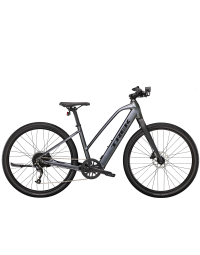 Product is availableElectric bicyclesTrek Dual Sport+ 2 Stagger Galactic Grey1 399,00 € 2 549,00 €
Product is availableElectric bicyclesTrek Dual Sport+ 2 Stagger Galactic Grey1 399,00 € 2 549,00 € - -45%

- -48%
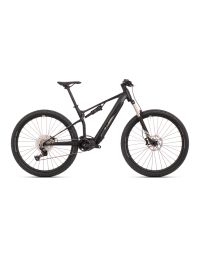 Product not availableElectric bicyclesSuperior eXF 8089 Matte Black/Chrome Silver2 099,00 € 3 999,00 €
Product not availableElectric bicyclesSuperior eXF 8089 Matte Black/Chrome Silver2 099,00 € 3 999,00 €









![Demo [testa] elektriskie velosipēdi](https://astravelo.com/media/amasty/blog/cache/C/T/474/300/CTMPULZE4_1.jpg)

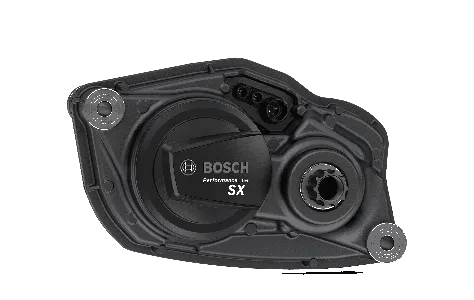

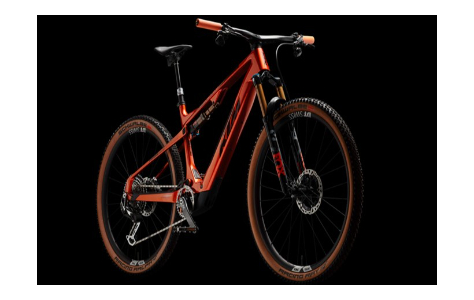






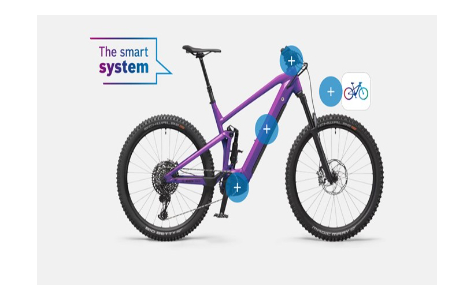

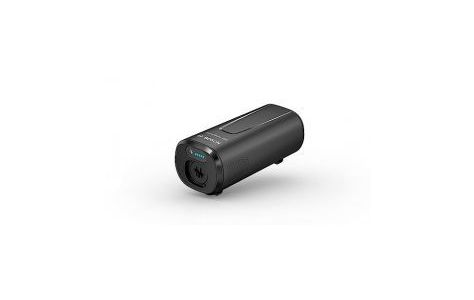







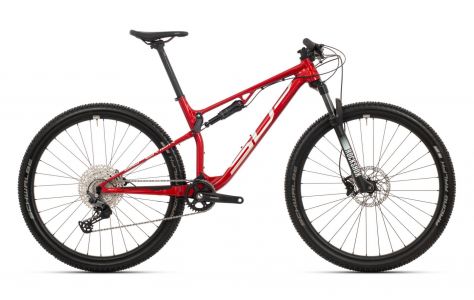


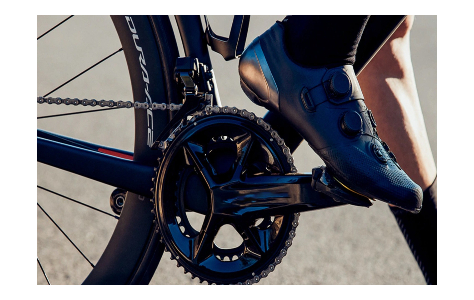
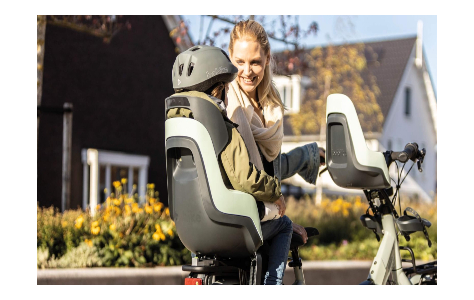
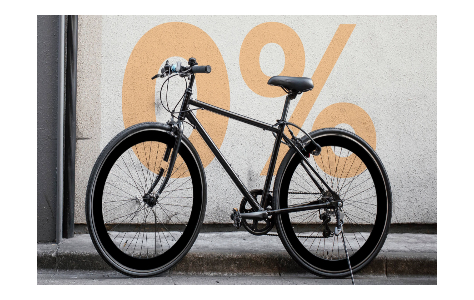
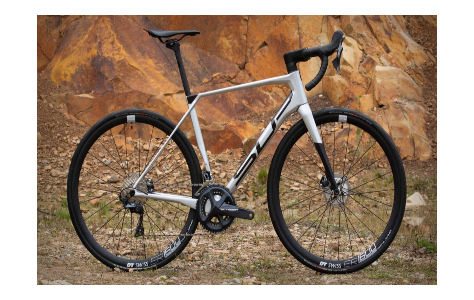














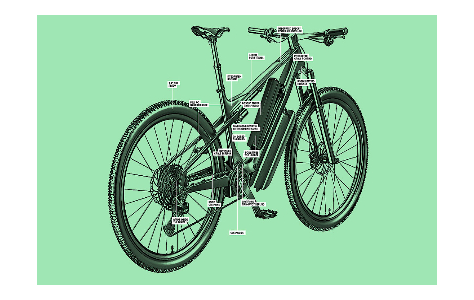






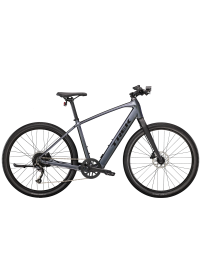
Please complete your information below to login.
Log in
Create New Account